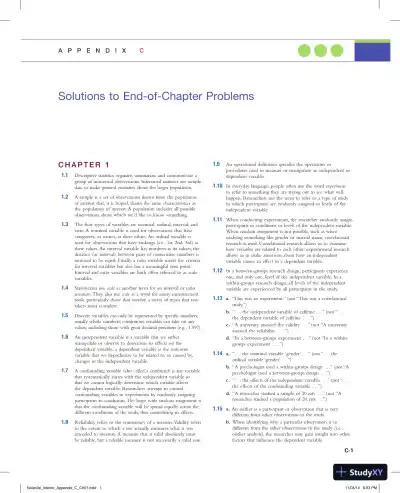Page 1

Loading page ...
Statistics for the Behavioral Sciences Third Edition Solution Manual is your guide to textbook mastery, offering detailed solutions to every chapter's exercises.

Loading page ...
This document has 140 pages. Sign in to access the full document!